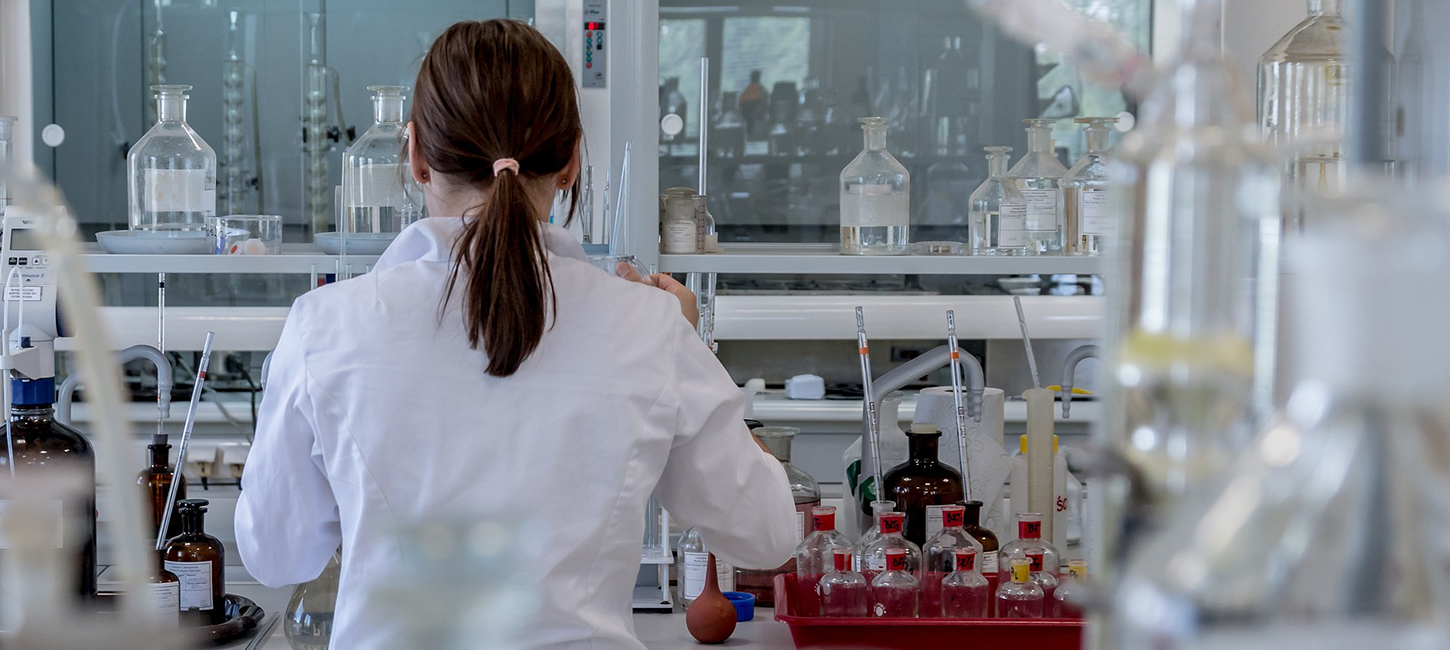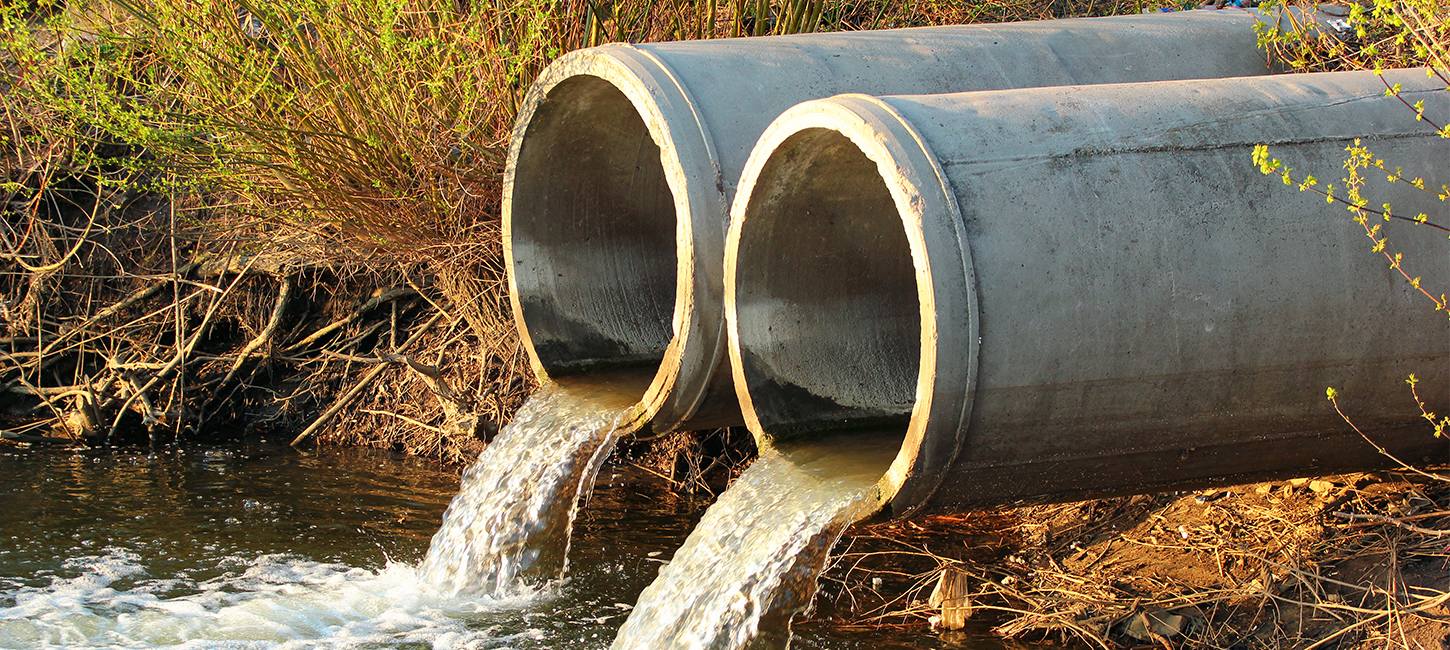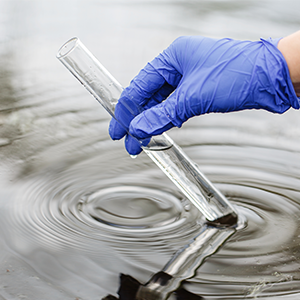Articles / Pharmaceuticals / UWWTD / Water pollution
Endocrine Disrupting Chemicals in Wastewater
Endocrine Disrupting Chemicals in Wastewater
July 21, 2025
Endocrine Disrupting Chemicals in Wastewater
In recent years, the presence of endocrine-disrupting chemicals (EDCs) in wastewater has emerged as a significant environmental and public health concern. These chemicals, which can interfere with the endocrine or hormonal systems of organisms, are found in various products, including plastics, pesticides, pharmaceuticals, and personal care items. As these products are used and disposed of, EDCs can enter water systems through household and industrial waste, posing potential risks to both aquatic ecosystems and human health.
This article explores how EDCs enter the waterways, the impacts on health and how the Urban Wastewater Treatment Directive is aiming to address the problems of EDCs in wastewater.

The presence of Endocrine Disrupting Chemicals in wastewater poses significant environmental challenges.
Understanding Endocrine Disrupting Chemicals
Endocrine-disrupting chemicals (EDCs) are substances found in the environment (air, soil, or water supply), food sources, personal care items, and manufactured goods that disrupt the normal functioning of the body’s endocrine system. With EDCs originating from various sources, individuals are exposed through multiple channels, such as the air inhaled, food consumed, and through drinking water. EDCs can also penetrate the body via the skin.
Problems Associated with EDCs in Wastewater
The presence of EDCs in wastewater poses significant environmental challenges. These chemicals can:
- Persist in the environment: EDCs can degrade slowly, leading to long-term exposure risks.
- Bioaccumulate in organisms: Once absorbed, EDCs can accumulate in the tissues of living organisms, magnifying their effects up the food chain.
- Cause ecological harm: EDCs can disrupt the reproduction and development of aquatic organisms, affecting biodiversity and ecosystem balance.

Endocrine-disrupting chemicals can mimic the body’s natural hormones and ‘disrupt’ the endocrine system
Health Concerns of EDCs
Endocrine-disrupting chemicals can mimic the body’s natural hormones and ‘disrupt’ the endocrine system, which is one of two main regulatory systems in the body, consisting of glands that secrete hormones which are carried in the bloodstream around the body. They have been known to cause:
- Reproductive problems: EDCs can affect male and female reproductive health, leading to issues like undescended testicles, urethra defects, endometriosis, and infertility.
- Developmental issues: Exposure to EDCs during pregnancy or early childhood can affect foetal development and potentially lead to long-term health problems.
- Hormone-sensitive cancers: EDCs may increase the risk of developing certain cancers, such as breast, testicular, and prostate cancer.
- Obesity and metabolic disorders: EDCs have been linked to obesity, metabolic dysfunction, and diabetes.
- Nervous system and cognitive effects: EDCs can affect brain development and function, potentially leading to neurological and behavioural disorders.
How Do EDCs Enter Wastewater?
EDCs can find their way into wastewater systems through several pathways:
- Household products: Many personal care products, cleaning agents, and pharmaceuticals contain EDCs that are washed down drains.
- Industrial discharges: Manufacturing processes can release EDCs into water systems.
- Agricultural runoff: Pesticides and fertilisers used in agriculture can leach into water supplies, introducing EDCs into the system.
Effects on Wastewater Treatment Processes
Wastewater treatment plants are not specifically designed to remove EDCs. Consequently, these chemicals often pass through treatment processes and are released into natural water bodies. This release can have several impacts:
- Reduced treatment efficiency: EDCs can interfere with microbial communities in treatment plants, decreasing the efficiency of biological treatment processes.
- Contamination of water bodies: Treated water containing EDCs can contaminate rivers, lakes, and oceans, affecting aquatic life, and can potentially enter human water supplies.
The Urban Wastewater Treatment Directive
The new Urban Wastewater Treatment Directive (UWWTD), which came into force on January 1, 2025, addresses the issue of endocrine-disrupting chemicals (EDCs) in wastewater. It mandates stricter treatment standards, extends coverage to smaller communities, and implements measures to address emerging pollutants like pharmaceuticals, pesticides, and microplastics. The UWWTD aims to improve water quality by requiring the removal of EDCs and other micropollutants through advanced treatment technologies.
- Regulating wastewater treatment: The directive mandates that urban areas with populations over a certain threshold must have appropriate wastewater treatment facilities.
- Setting effluent standards: It establishes minimum standards for the quality of treated wastewater discharged into the environment.
- Monitoring and reporting: The directive requires regular monitoring and reporting on the performance of wastewater treatment plants to ensure compliance and effectiveness.
Conclusion
Addressing the issue of EDCs in wastewater requires a multifaceted approach, including improved treatment technologies, stricter regulatory frameworks, and increased public awareness to reduce the release of these harmful chemicals into the environment.
How Arvia can help
Arvia is one of the world’s leading manufacturers of electrochemical water treatment products. With design, manufacturing, and R&D in the UK, they also have labs in India, a facility in China and have expanded into the US.
Arvia’s treatment systems include Nyex Florenox, Nyex Rosalox and Nyex Ellenox – three revolutionary systems specifically designed for tertiary water treatment, each delivering spectacular (up to parts per billion) results treating many recalcitrant pollutants in industrial wastewater like PFAS, endocrine disruptors and antibiotics.
To see how Arvia Technology could benefit many water treatment systems worldwide, check the Arvia website or make contact to set up a one-to-one consultation with a water science expert.
More featured articles
07.7.2025

The UWWTD is a pivotal piece of legislation in the EU protecting the environment from the adverse effects of urban wastewater discharge.
03.3.2025

This article examines PFAS, which consumer products it can be found in, exposure and the effects on the environment.
07.14.2025

Our latest article examines the impact of antidepressants on aquatic life and how their effective removal from water reduces environmental harm.
Our wastewater treatment expertise
Our water technology can be used to treat a variety of water treatment applications. Once we understand the nature of your wastewater and your final water quality target, our water treatment specialists can make recommendations as to how best to treat your water. Take a look at some of the Nyex applications here:
Need help? Speak with an expert
